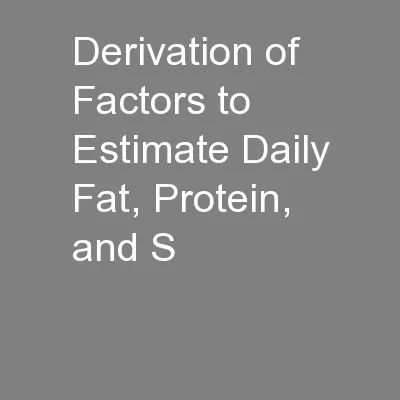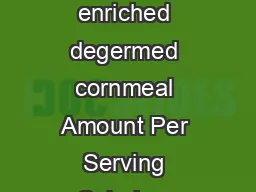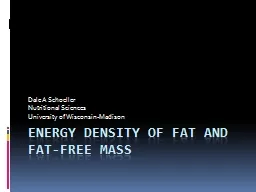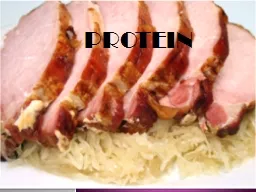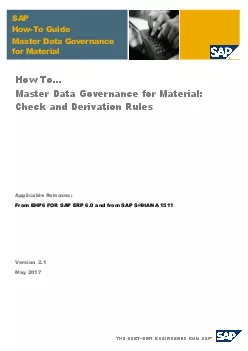PPT-Derivation of Factors to Estimate Daily Fat, Protein, and S
Author : alida-meadow | Published Date : 2016-05-31
Cell Score from One Milking of Cows Milked Three Times Daily M M Schutz 1 and H D Norman 2 1 Purdue University West Lafayette IN and 2 USDAARS Beltsville
Presentation Embed Code
Download Presentation
Download Presentation The PPT/PDF document "Derivation of Factors to Estimate Daily ..." is the property of its rightful owner. Permission is granted to download and print the materials on this website for personal, non-commercial use only, and to display it on your personal computer provided you do not modify the materials and that you retain all copyright notices contained in the materials. By downloading content from our website, you accept the terms of this agreement.
Derivation of Factors to Estimate Daily Fat, Protein, and S: Transcript
Download Rules Of Document
"Derivation of Factors to Estimate Daily Fat, Protein, and S"The content belongs to its owner. You may download and print it for personal use, without modification, and keep all copyright notices. By downloading, you agree to these terms.
Related Documents

